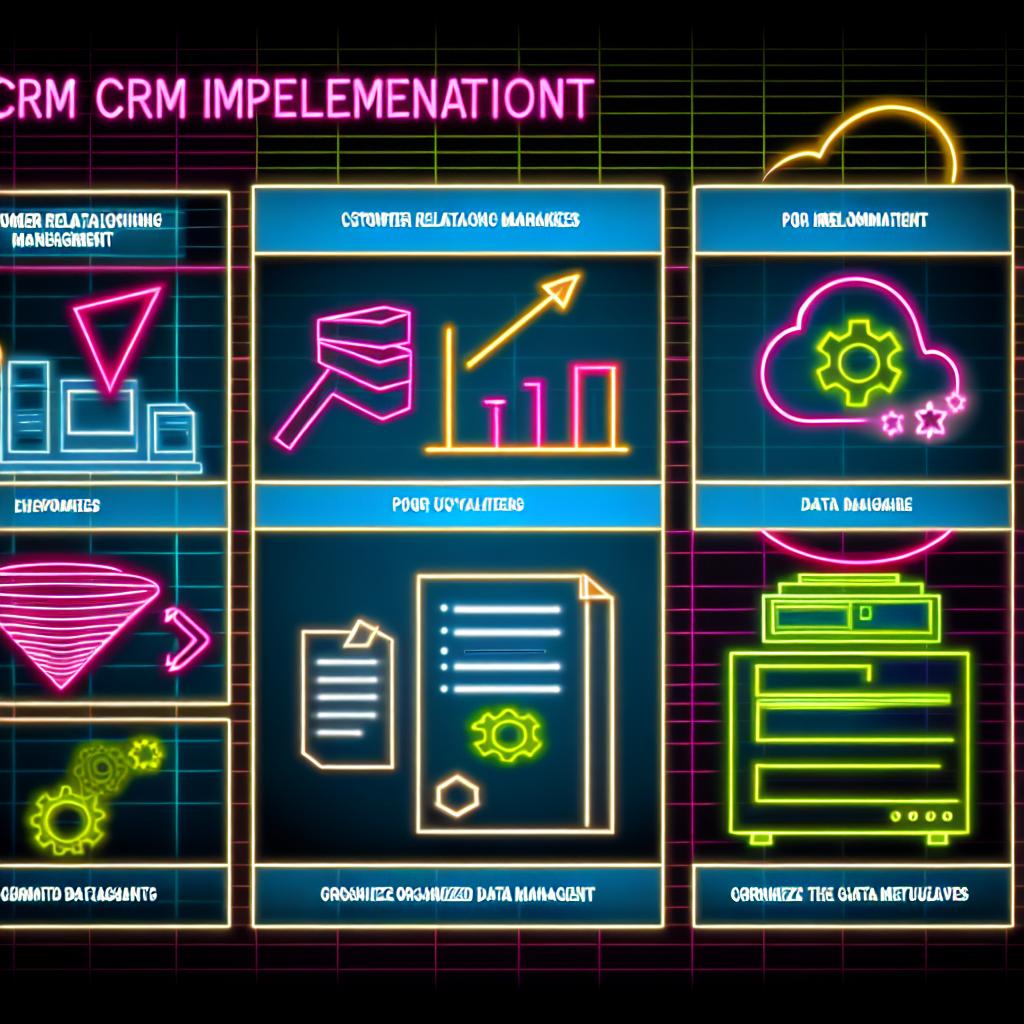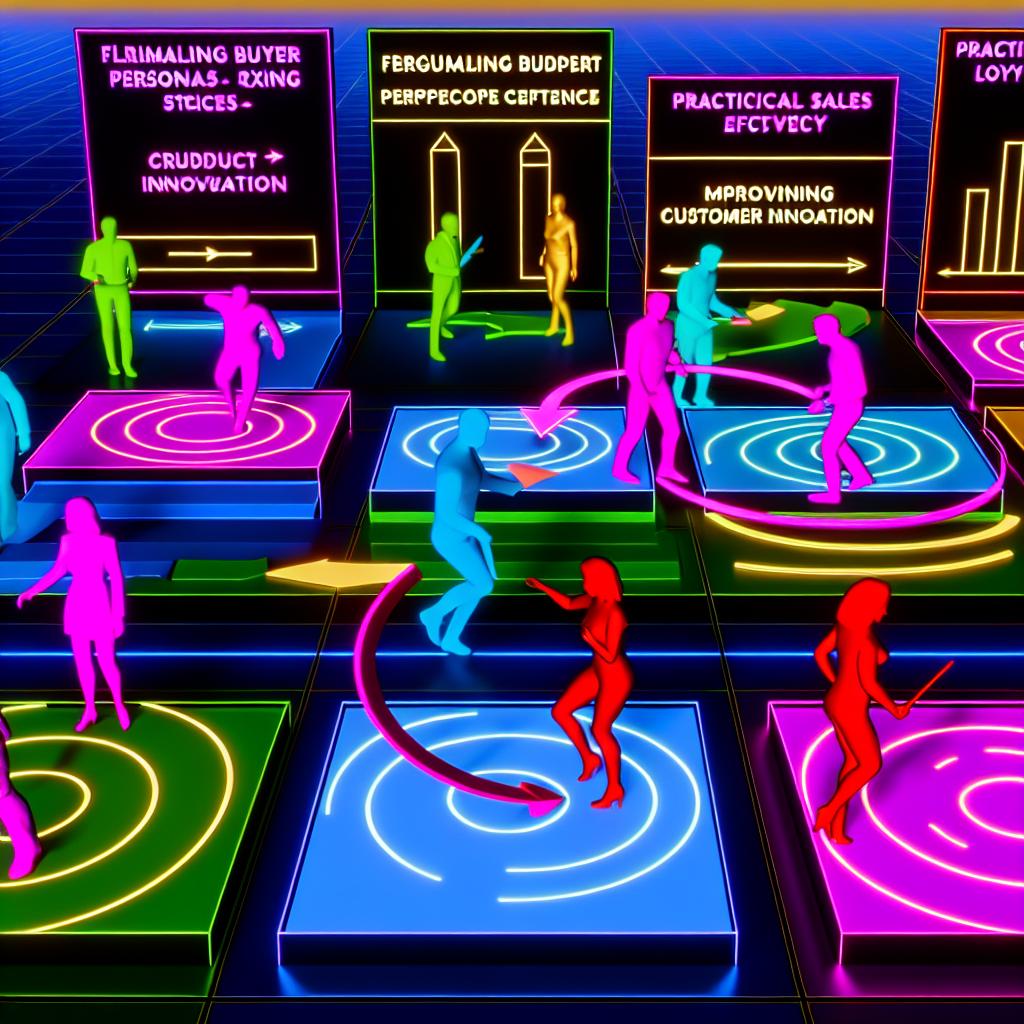Embarking on the journey of integrating a Customer Relationship Management (CRM) system into your business operations is a pivotal decision, one that can redefine your customer interactions and streamline your processes. However,...
Why a high bounce rate isn't necessarily bad
Have you ever searched for something in Google and the result didn’t align with your query? To me this is one of the more frustrating things that can happen online. Recently I was looking for great laptop deals. Even though I specified a brand, the website page showed me offers of different brands. It took longer for the page to load than it did for me to leave the page.
This is one example of causing a bounce rate on a website. Google says that a bounce rate is having only one single request being sent to the Analytics server.
Other examples than my example above are:
- Clicking on a link to a page that takes you to a different website
- Clicking on a page, then clicking back to the previous page
- Staying on a page, not interacting for 20 to 30 minutes and leaving the page, since it times out.
A bounce rate is calculated by taking the total amount of visitors to a page, or website, and dividing it by the total amount of people that only do 1, or no interactions.
So for example, if you get 1000 visitors to a website page and 900 of them leave with no interactions, then you have a 90% bounce rate.
This isn’t necessarily a bad thing.
For example, if you create a landing page where people can download an offer for free. Most people would only click the download button and leave the page. There is nothing else to do for them there. Blog posts and landing pages often have a bounce rate of over 70%. But that is because there isn’t a lot of interaction on those pages. This doesn’t mean you shouldn’t try to create more engaging content, but it isn’t the end of the world if you aren’t able to.
To keep working on the examples given above, let’s look at real-world examples.
- Clicking on a link to a page that takes you to a different website – What if I found my perfect laptop, clicked on that “Buy now” link and it took me to the brand’s website to buy the laptop? This counts as a bounce, but I would have been happy since I found the laptop I want.
- What if I clicked on a page for “more information” browsed around the page and then went back to the previous page? I didn’t interact, but I still got the information I wanted
- Maybe I was looking for a laptop, then I decided to read a book and left the page open and it timed out. I got distracted, but I may end up buying that same laptop a day later. It still counts as a bounce though.
What can you do to understand if a bounce rate is bad or not?
- Understand what the page is doing. If you have a FAQ with answers to loads of questions. A user will most likely leave as soon as they found the answer. That’s a good thing since you helped them out! You could provide more helpful content on the page.
- Maybe visitors are going idle. Is your bounce rate 80% and the visitor's spend an average of 4 minutes on the page?? Maybe visitors are engaged in the content, maybe they are idle. It is a good idea to retarget to these visitors again later. That could lead to more sales!
- Visitors aren’t ready to move on to the next part of the funnel. If you notice that people are not ready to take the next step. Try to engage with them higher up in the funnel. Provide them with more information and help. It might help them make a decision!
- Make sure that your meta description, keywords, page title and content all line up. If they don’t visitors will get confused and will leave your page.
Next time you are looking at Google Analytics and see high bounce rates. Keep these factors in mind. You might be able to improve engagement in some places and help your visitors out. Which, in turn, will get you more leads and sales.
From the blog


